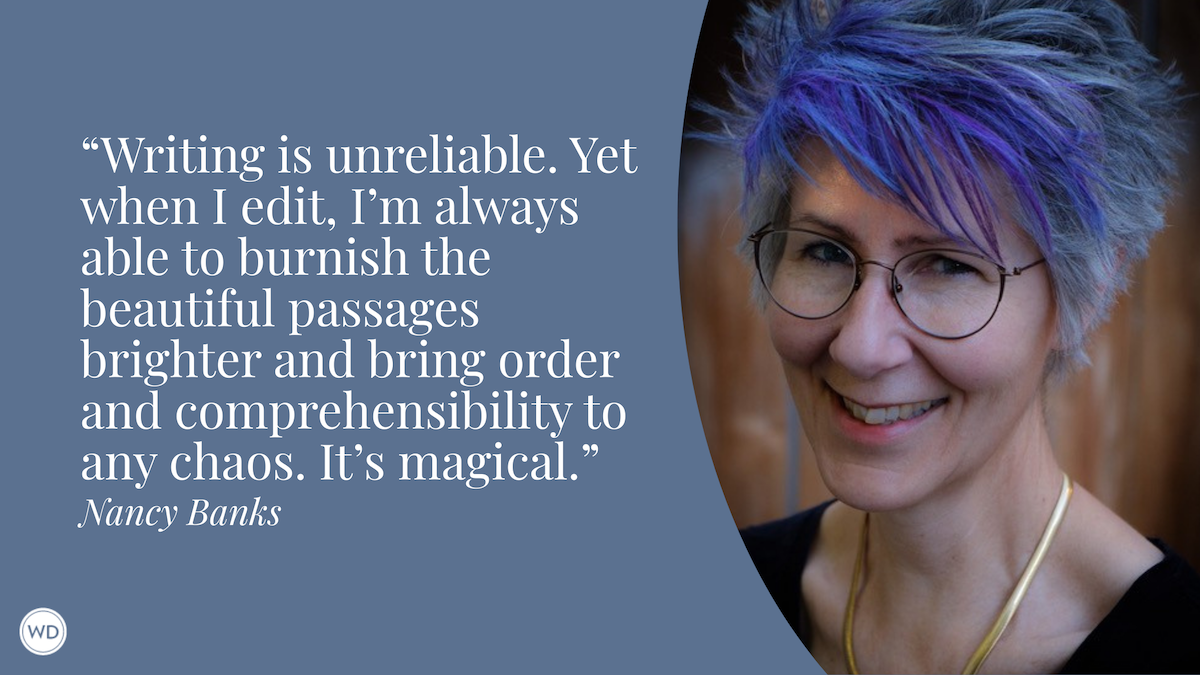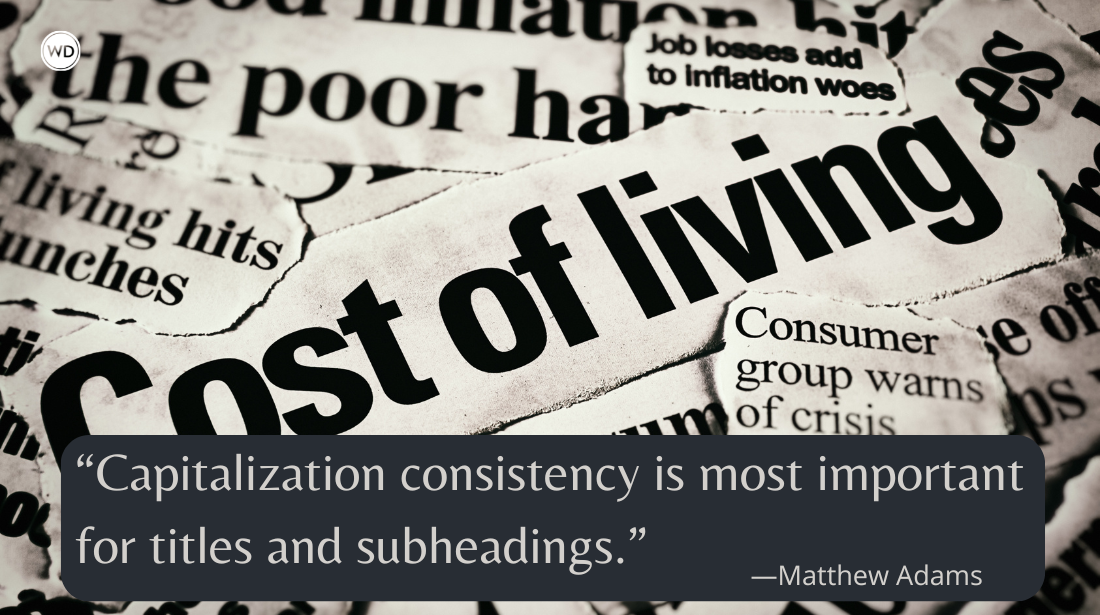The 9 Ingredients of Character Development
Learn the 9 ingredients of character development. Ask questions like, how does your character talk, what events shaped his personality, what does she look like, and more, to create more interesting and fully developed characters.
I remember back when cameras had something inside them called film that you had to get developed. For those of you college-aged or younger, that’s where a technician would treat the film with some chemicals inside a mysterious darkened room, and an image would magically appear on the special paper.
But if the process went awry, you could end up with an underdeveloped image that was dark or fuzzy, or one that was over-exposed and therefore too washed out to see clearly. The key to getting a crisp clear photograph largely depended on how the technician developed the film.
If we want readers to have a vibrant mental image of our characters, we have to spend some time in the dark room. And that is what’s called a metaphor.
What is a Character-driven Novel Anyway?
I don’t write character-driven novels. Heck, I’m not even sure what the term means. I used to think it was when an author spent hundreds of pages muddling around inside a character’s head just to fill the gaps between a couple paragraphs of action.
I prefer to write plot-driven suspense thrillers. But how does the low-brow thriller writer create good characters? I’m still a novice on the subject so this is by no means a definitive exposition, just 9 ingredients I jotted down to make a clever acrostic: CHARACTER.
(Look here for a list of thriller agents.)
1. Communication style
How does your character talk? Does she favor certain words or phrases that make her distinct and interesting? What about the sound of her voice? Much of our personality comes through our speech, so think about the way your character is going to talk. Her style of communication should be distinctive and unique.
*****
When you take this online writing course, you will learn how to create believable fiction characters and construct scenes with emotional depth and range. Create characters readers will love and develop a strong point of view for your fiction book today!
*****
2. History
Where does your character come from? Think out his childhood and adolescence. What events shaped his personality? What did his father do for a living? How about his mother? How many siblings does he have? Was it a loving family or an abusive, dysfunctional one? What events led him to the career choices he made? You may not need to provide all this background to your reader, but it’s good to know as the writer. It helps give him substance in your mind as well.
3. Appearance
What does she look like? This may be the least important ingredient to make your character a person to the reader, but you should still know it in your own mind. Not every character needs to be drop-dead gorgeous, by the way. Most people aren’t.
4. Relationships
What kind of friends and family does he have? How does he relate to them? Is he very social or reclusive, or somewhere in between? People can be defined by the company they keep, so this can be a good way to define your character.
5. Ambition
Just as this is the central letter of the acrostic, so too this concept is absolutely central to your character and plot. What is her passion in life? What goal is she trying to accomplish through your story? What is her unrecognized, internal need and how will she meet it?
6. Character defect
Everyone has some personality trait that irritates his friends or family. Is he too self-centered? Too competitive? Too lazy? Too compliant? Too demanding of others? Don’t go overboard on this. After all, you want your reader to like the character. But he’ll feel more real if he has some flaw. This is usually connected to his unrecognized need (see Ambition) and often gets resolved through his character arch.
7. Thoughts
What kind of internal dialogue does your character have? How does she think through her problems and dilemmas? Is her internal voice the same as her external? If not, does this create internal conflict for her? In real life we don’t have the benefit of knowing someone’s innermost thoughts, but a novel allows us to do just that, so use it to your advantage.
8. Everyman-ness
How relatable is your character? While James Bond is fun to watch on screen, most of us aren’t uber-trained special agent-assassins so it’s a little hard to relate to him on a personal level. On the other hand, Kurt Russell’s character in the movie Breakdown was far more ordinary and relatable, creating a more visceral experience. Be careful not to make your character too elite or he may be too difficult to live vicariously through. And that, after all, is the key to suspense.
9. Restrictions
More than a personality flaw, what physical or mental weakness must your character overcome through her arch? After all, even Superman had Kryptonite. This helps humanize your character, making her more sympathetic and relatable.
The goal is to make your readers feel something for your character. The more they care about them, the more emotion they’ll invest in your story. And maybe that’s the secret.
Maybe every novel is character-driven after all.
Tom Pawlik is the highly imaginative, Christy Award-winning author of several novels, including the thriller, BECKON (Tyndale House), as well as the novella "Recollection" from the 7 Hours anthology. His thought-provoking, edge-of-your-seat thrillers are infused with nonstop suspense that grabs you on the first page and won't let go until the last. Tom's fascination with the weird, the creepy and the unknown began at a very early age when he was introduced to a bizarre 19th century German story book called "Der Struwwelpeter." Tom would not realize his life-long dream of becoming a published author until the ripe old age of 42. Today, Tom lives in Ohio and is happily married with 6 children.









